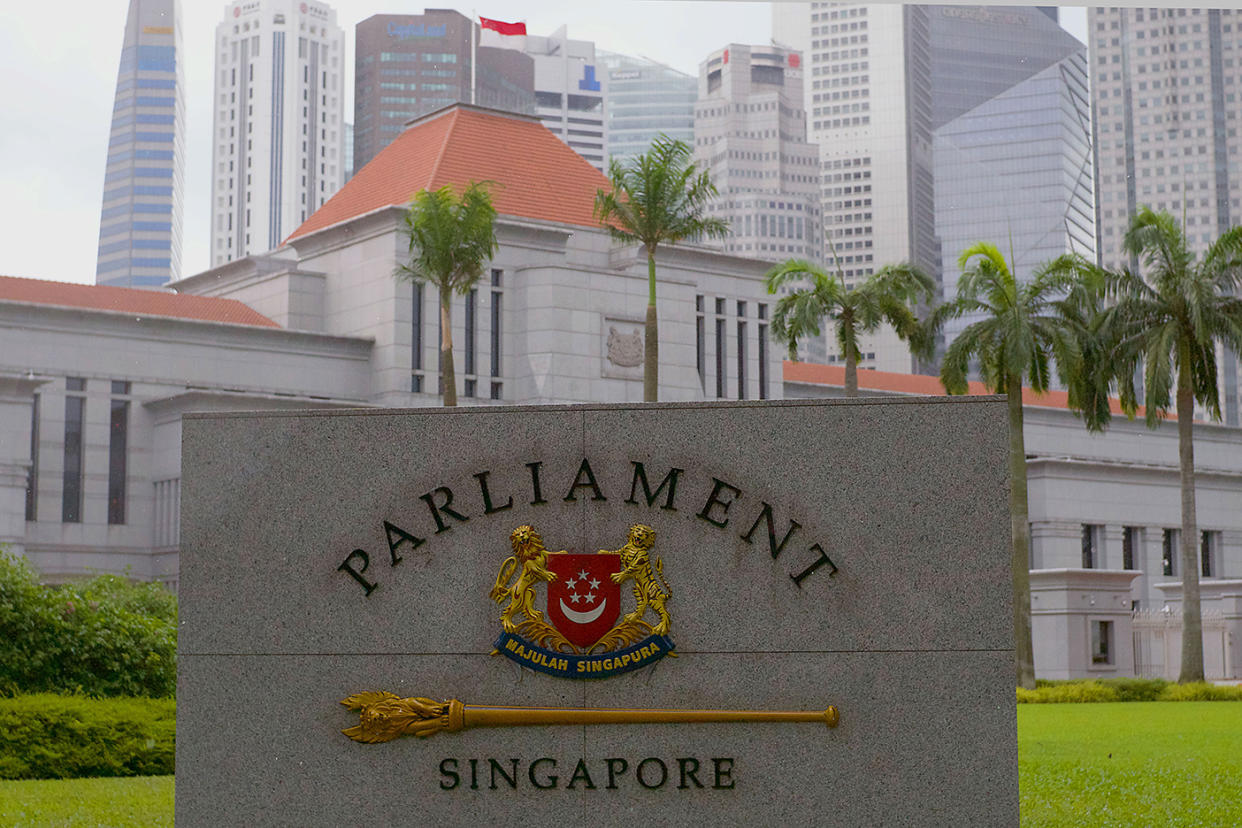Equipment failures at 2 power firms led to 18 Sept blackout: Koh Poh Koon

Equipment faults at two power generating companies led to the widespread blackout across Singapore on 18 September based on preliminary investigations, said Senior Minister of State for Trade and Industry Koh Poh Koon on Monday (1 October).
Speaking in Parliament, Koh added that the Energy Market Authority (EMA) is currently working with Sembcorp Cogen and Senoko Energy, along with their original equipment manufacturers (OEMs) to get to the “root cause” of the respective equipment failures.
“This is an important point because the generation technology… is also used in other generating units in Singapore as well as globally,” said Koh, who noted that the equipment involved had been maintained in accordance with the manufacturers’ recommendations.
He cautioned MPs not to jump the gun in assigning blame for the incident and to allow investigations to take their course.
“We will not hesitate to take any regulatory actions against (the companies) if they are found to be at fault, including imposing financial penalties… of up to 10 per cent of the licensee’s annual turnover or $1 million, whichever is higher,” said Koh.
Responding to questions raised by four Members of Parliament (MPs), Koh added that the EMA can compel the companies to tighten their standard operating procedures if necessary.
Timeline of events
On the night of the blackout, 16 power-generating units had been in operation, according to Koh. At 1.17am, a power generating unit at Sembcorp Cogen tripped due to an “equipment fault”, triggering an automatic response by the remaining units to increase their power supply to meet demand.
“This is not usually a problem as each of the remaining units only had to increase their supply by about 5 per cent. However, a unit at Senoko Energy tripped a few seconds later due to failure of a different equipment component,” said Koh.
“This led to a further shortfall in supply from the operating plants to meet demand, which caused the protection devices in the power system to kick in as designed and automatically disconnected electricity to about 146,500 consumers to rebalance the system,” he added, noting that the figure included 130,535 households.
To restore the electricity supply, the EMA instructed other standby generating units – including those from Senoko and YTL Power Seraya – to provide additional energy supply. Power was then progressively restored after about 15 minutes once the additional units came online.
“While power was fully restored within 38 minutes, some consumers remained affected as the electrical equipment within their premises had to manually reset,” said Koh.
Spot checks conducted
Koh also reassured the House that there are measures in place to ensure that Singapore’s generation companies perform up to standard. These include being informed when maintenance work is carried out on any generating units and conducting spot checks on such works.
From financial years 2013 to 2017, the average power disruption per consumer annually in Singapore ranged from 12 to 45 seconds, Koh pointed out. In comparison, consumers in major cities such as New York and Tokyo saw an average annual disruption of between four and 34 minutes in 2015, he added.
Related stories:
Blackout hits large parts of Singapore in wee hours of Tuesday
Two power generating units’ tripping caused 18 Sept blackout: EMA’s initial probe



